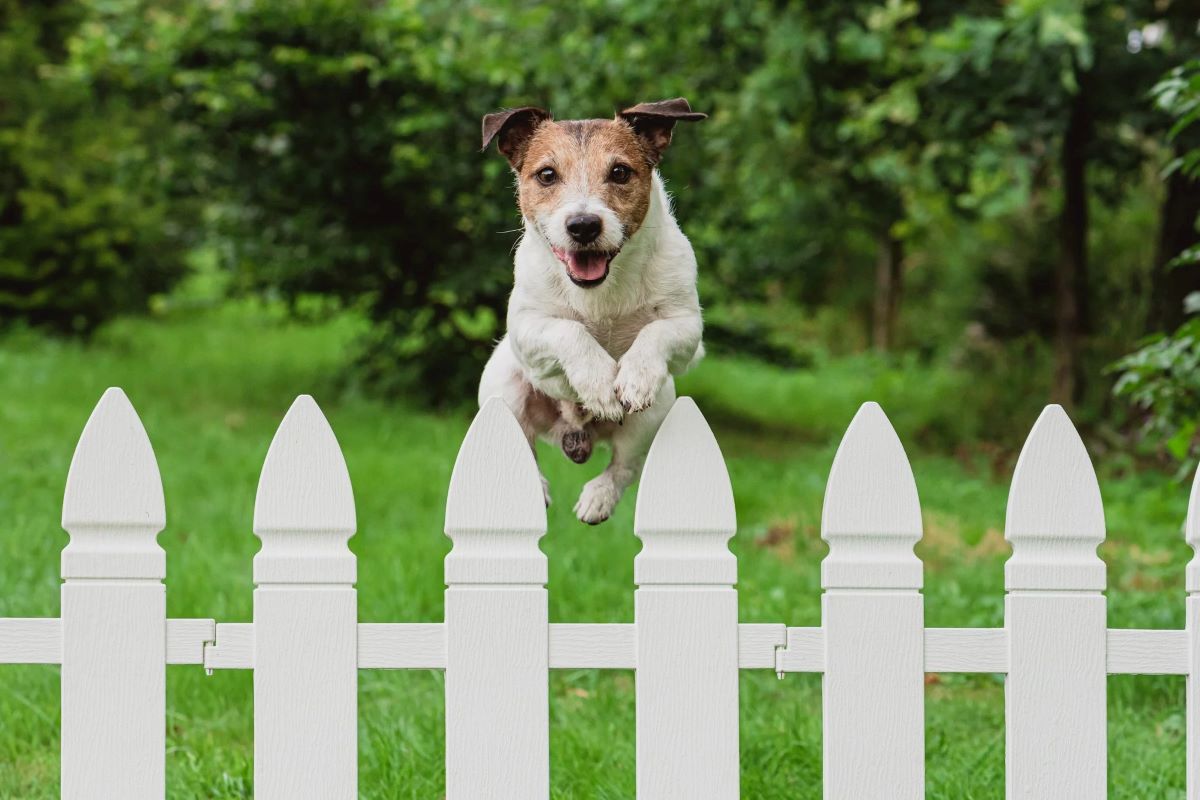

Articles
How To Keep Dog From Jumping On Fence
Modified: February 23, 2024
Looking for articles on how to keep your dog from jumping on the fence? Discover effective tips and techniques to prevent this behavior and ensure the safety of your furry friend.
(Many of the links in this article redirect to a specific reviewed product. Your purchase of these products through affiliate links helps to generate commission for Storables.com, at no extra cost. Learn more)
Introduction
Having a dog that constantly jumps on the fence can be a frustrating and concerning behavior. Not only can it damage your fence, but it can also create problems with neighbors and potentially put your dog’s safety at risk. Fortunately, there are effective techniques and strategies you can employ to prevent your dog from engaging in this behavior.
In this article, we will explore various methods to keep your dog from jumping on the fence. We will discuss the underlying causes of this behavior, the importance of providing appropriate exercise, and the training techniques that can be used to redirect your dog’s energy. We will also delve into the use of positive reinforcement, establishing boundaries, and using deterrents as effective strategies. Additionally, we will touch on the importance of supervision and redirection, as well as seeking professional help if needed.
By implementing these strategies, you can help your dog develop better behavior and enjoy a harmonious relationship with your neighbors and community.
Key Takeaways:
- Understanding the root cause of your dog’s fence jumping behavior is crucial for effective training and prevention. Address boredom, lack of exercise, and anxiety to create a harmonious relationship.
- Implement a holistic approach to prevent fence jumping, including exercise, positive reinforcement, and establishing boundaries. Seek professional help if needed to address complex behavior issues.
Read more: How To Keep Cats From Jumping Fence
Understanding the Behavior
Before diving into the various methods of addressing your dog’s fence jumping behavior, it’s important to understand why dogs exhibit this behavior in the first place. Dogs may jump on the fence due to a variety of reasons, including boredom, lack of exercise, territorial instincts, fear, anxiety, or simply wanting to explore the outside world.
Some dogs may jump on the fence as a way to communicate with other dogs or animals that may be present on the other side. It can also be a sign of frustration or a means of seeking attention. Understanding the underlying cause of your dog’s behavior will help you choose the most appropriate technique to address it effectively.
If your dog is jumping on the fence out of boredom or excess energy, it may be an indication that they are not getting enough physical or mental stimulation. Dogs are active animals that require regular exercise and mental engagement to prevent behavior problems. Ensuring that your dog receives sufficient exercise and mental enrichment can go a long way in reducing fence jumping behavior.
Additionally, some dogs may feel the need to protect their territory. This can lead to fence jumping as a means of defending their perceived boundaries. Fear and anxiety can also play a role in fence jumping behavior. If your dog is fearful or anxious, they may attempt to escape by jumping over the fence in an attempt to avoid the perceived threat.
By understanding why your dog is exhibiting this behavior, you can better tailor your training approach and address the underlying cause effectively. This will not only help stop the fence jumping but also contribute to your dog’s overall well-being and happiness.
Identifying the Cause
Identifying the cause of your dog’s fence jumping behavior is crucial in finding the most effective solution. The following steps can help you determine the underlying cause:
- Observe your dog’s behavior: Pay attention to when and how your dog jumps on the fence. Is it in response to certain triggers, such as the presence of other animals or people passing by? Understanding the specific circumstances can provide insights into the cause.
- Check for physical barriers: Examine the fence for any structural issues that may be encouraging your dog to jump. Look out for footholds, gaps, or other factors that are making it easier for your dog to scale the fence.
- Assess your dog’s exercise routine: Evaluate the amount and quality of exercise your dog receives on a daily basis. Lack of physical activity can lead to excess energy and boredom, which may contribute to fence jumping behavior.
- Consider your dog’s socialization: If your dog lacks proper socialization or has limited exposure to other animals and stimuli, they may be more inclined to jump the fence to reach or interact with what they see on the other side.
- Take note of any signs of fear or anxiety: Fence jumping can be a sign of fear or anxiety in some dogs. If your dog displays signs of fear or anxiety in various situations, it’s important to address these underlying issues as well.
By carefully observing and assessing your dog’s behavior, environment, and lifestyle, you can pinpoint the cause of their fence jumping behavior. This understanding will help you develop a targeted approach to address the root cause and effectively prevent the behavior from recurring.
Providing Appropriate Exercise
One of the key factors in preventing your dog from jumping on the fence is ensuring that they receive sufficient exercise. Dogs are naturally active animals that require physical activity to expend their energy in a positive and healthy way. By providing appropriate exercise, you can help redirect your dog’s energy and reduce the likelihood of fence jumping. Here are some guidelines to consider:
- Regular daily exercise: Aim to provide your dog with consistent daily exercise sessions. The amount and intensity of exercise will depend on the breed, age, and overall health of your dog. Consult with your veterinarian to determine the appropriate exercise regimen for your specific dog.
- Vary types of exercise: Offer a variety of exercise activities to keep your dog engaged and mentally stimulated. This can include walking, jogging, playing fetch, agility training, or interactive games.
- Mental stimulation: In addition to physical exercise, mental stimulation is crucial for keeping your dog mentally engaged and satisfied. Incorporate activities such as puzzle toys, treat-dispensing toys, or obedience training sessions to challenge their minds.
- Consider professional help: If you have limitations in providing sufficient exercise, consider enlisting the help of a professional dog walker or doggy daycare where your dog can have opportunities for socialization and exercise in a supervised and controlled environment.
By meeting your dog’s exercise needs, you can help keep their energy levels balanced and minimize the likelihood of them resorting to fence jumping as a means of releasing their excess energy. Regular exercise not only addresses physical requirements but also supports your dog’s overall mental and emotional well-being.
Training Techniques
Effective training techniques can play a significant role in stopping your dog from jumping on the fence. Here are some training strategies you can implement:
- Basic obedience training: Teaching your dog basic obedience commands such as “sit,” “stay,” and “come” can help establish control and redirect their behavior. By having a solid foundation in obedience, you can effectively manage and redirect your dog’s energy away from fence jumping.
- Leash training: Utilize leash training to teach your dog appropriate boundaries and reinforce good behavior. Practice walking your dog on a leash near the fence and reward them for staying calm and focused.
- Distraction training: Teach your dog alternative, acceptable behaviors to focus on instead of jumping on the fence. For example, engage them in games, obedience training, or interactive toys to redirect their attention and energy.
- Desensitization training: Gradually expose your dog to the triggers that typically cause them to jump on the fence. Start with minimal exposure and reward calm behavior. Gradually increase the intensity of the triggers while rewarding your dog for remaining calm and focused.
- Targeted counter-conditioning: If your dog jumps on the fence in response to specific stimuli, such as other animals, work on counter-conditioning exercises. Pair the presence of the trigger with positive experiences, such as treats or playtime, to change the association from a negative one to a positive one.
Consistency, patience, and positive reinforcement are key when implementing training techniques. Rewarding your dog for desired behaviors and redirecting their attention when they start to exhibit fence jumping tendencies will help them understand what is expected of them.
It’s important to note that training takes time and effort, and results may not be immediate. However, with consistent practice and reinforcement, you can help your dog break the habit of jumping on the fence and develop more appropriate behaviors.
Read more: How To Jump A Fence
Using Positive Reinforcement
Positive reinforcement is a powerful tool when it comes to training your dog and modifying their behavior, including fence jumping. By rewarding desired behaviors, you can encourage your dog to repeat those behaviors in the future. Here are some tips for effectively using positive reinforcement:
- Timing is crucial: Provide rewards, such as treats or praise, immediately after your dog displays the desired behavior. This helps them make the connection between the behavior and the reward.
- Be consistent: Consistently reward your dog for not jumping on the fence and for engaging in appropriate behaviors. This reinforces that these behaviors are desirable and increases the likelihood of them being repeated.
- Use high-value rewards: Choose rewards that are highly motivating for your dog. This could be their favorite treat, a special toy, or verbal praise that they respond to enthusiastically.
- Ignore undesirable behavior: It’s important to avoid inadvertently reinforcing unwanted behavior. Instead of scolding or punishing your dog when they jump on the fence, ignore the behavior and redirect their attention to a more appropriate activity.
- Gradually decrease rewards: As your dog becomes more consistent in not jumping on the fence, gradually reduce the frequency of rewards. This helps reinforce the behavior as a natural expectation rather than relying solely on external rewards.
Positive reinforcement not only helps prevent fence jumping, but it also strengthens the bond between you and your dog. By focusing on rewarding and reinforcing positive behavior, you create a positive and enjoyable learning experience for your furry friend.
Remember, every dog is unique, and what motivates them may vary. Observe your dog’s preferences and use rewards that they find most enticing. Patience, consistency, and a positive attitude are key to successfully using positive reinforcement in training.
Install a barrier at the base of the fence to prevent digging, provide mental and physical stimulation to reduce boredom, and train the dog to respond to commands to stay away from the fence.
Establishing Boundaries
Establishing clear boundaries is essential for preventing your dog from jumping on the fence. Boundaries provide structure and guidance, helping your dog understand what behavior is acceptable and what is not. Here are some strategies for establishing boundaries:
- Physical barriers: Reinforce the fence with additional deterrents, such as coyote rollers, L-footer extensions, or PVC pipe caps, to make it harder for your dog to gain traction and jump over. Ensure that the fence is secure and free from any gaps or loose areas that could tempt your dog to escape.
- Create a designated “no-jump” zone: Teach your dog to associate a specific area near the fence as an off-limits zone for jumping. Use visual cues, such as visual barriers or flags, to mark this zone and help your dog understand their boundaries.
- Teach “no jump” command: Consistently reinforce the “no jump” command when your dog attempts to jump on the fence. Use a firm but calm tone and redirect their attention to a more appropriate behavior. Reward them for complying with the command.
- Provide alternative outlets: Create an environment that offers alternative outlets for your dog’s energy. Install sturdy play structures, provide plenty of toys, and designate an area for digging to redirect their energy towards more appropriate activities.
Consistency is key when it comes to establishing boundaries. Make sure that everyone in the household is on the same page and reinforces the boundaries consistently. It’s important to remember that dogs thrive on routine and clear communication, so setting and maintaining consistent boundaries will help them understand what is expected of them.
Additionally, reinforce positive behaviors by rewarding your dog whenever they choose not to jump on the fence and respect the established boundaries. This will further reinforce the desired behavior and strengthen the effectiveness of the boundary training.
By clearly defining and reinforcing boundaries, you provide your dog with a sense of structure and security, helping to prevent fence jumping and promote appropriate behavior.
Using Deterrents
Using deterrents can be an effective way to deter your dog from jumping on the fence by making the behavior unpleasant or undesirable. Here are some deterrents you can consider:
- Visual barriers: Install visual barriers, such as privacy slats, mesh screening, or garden trellises, to obstruct your dog’s view of the outside. This can reduce their motivation to jump on the fence by minimizing visual stimuli that may entice them.
- Sonic devices: Utilize ultrasonic devices that emit high-frequency sounds when your dog approaches or jumps on the fence. These sounds are unpleasant to dogs and can discourage fence jumping behavior.
- Scents and sprays: Dogs have a keen sense of smell, so using scents or sprays that they find unpleasant near the fence can deter them from jumping. Consider using citrus-scented sprays, bitter apple spray, or natural deterrents like vinegar or cayenne pepper.
- Static correction collars: Static correction collars, also known as shock collars, can be used as a last resort for particularly stubborn or determined dogs. These collars deliver a harmless static correction when the dog approaches or jumps on the fence, helping to discourage the behavior.
It’s important to note that while deterrents can be effective, they should be used in conjunction with other training methods and approaches. They should be seen as a temporary measure to discourage fence jumping while you work on addressing the underlying causes of the behavior and training your dog.
Before using any deterrents, it’s crucial to consult with a professional trainer or behaviorist to ensure that the chosen methods are safe and appropriate for your dog. They can provide guidance on the proper use of deterrents and help tailor a strategy that is suitable for your dog’s specific needs and temperament.
Remember, the goal is to create a safe and comfortable environment for your dog, and deterrents should be used responsibly and with the well-being of your dog in mind.
Supervising and Redirecting
Supervising your dog and redirecting their behavior in a positive way is an important aspect of preventing fence jumping. By actively monitoring your dog’s activities and intervening when necessary, you can help them develop appropriate behaviors. Here are some tips for supervising and redirecting your dog:
- Close supervision: Keep a close eye on your dog when they are in the yard to prevent any potential fence jumping attempts. Supervision allows you to promptly intervene and redirect their attention to more appropriate activities.
- Engage in interactive play: Spend quality time with your dog engaging in interactive play to keep them mentally and physically stimulated. Play games like fetch or engage in training sessions to redirect their energy towards positive outlets.
- Provide toys and chew items: Offer a variety of toys and chew items to keep your dog occupied and prevent boredom. Interactive puzzle toys or treat-dispensing toys can keep them mentally engaged.
- Give attention and praise: Shower your dog with attention and praise when they engage in desirable behavior, such as staying away from the fence or responding to commands. Positive reinforcement will encourage them to continue exhibiting those behaviors.
- Redirect their focus: If you notice your dog showing interest in the fence or displaying signs of wanting to jump, redirect their focus to something else. Call them over to you, engage them in a game, or ask them to perform a command to divert their attention from the fence.
Supervision and redirection are essential in guiding your dog’s behavior and preventing them from engaging in fence jumping. By actively participating in their activities and redirecting their energy, you can help foster positive behaviors and minimize the opportunity for fence-related issues.
Remember that every interaction with your dog is an opportunity for training and reinforcement. By consistently supervising and redirecting their behavior, you can shape their actions and establish a strong bond built on trust and positive interaction.
Read more: How To Keep Cat From Jumping Off Balcony
Seeking Professional Help if Needed
If you have tried various methods and strategies to prevent your dog from jumping on the fence without success, it may be beneficial to seek professional help. Consulting with a qualified dog trainer, behaviorist, or veterinarian can provide you with expert guidance and individualized solutions for your specific situation. Here are some reasons why seeking professional help may be necessary:
- Complex behavior issues: If your dog’s fence jumping behavior is deeply rooted or driven by complex underlying issues, a professional can help identify and address those issues more effectively.
- Specialized knowledge and experience: Professionals have extensive knowledge and experience working with dogs with different behaviors and temperaments. They can assess your dog’s specific needs and develop a customized training plan to address the fence jumping behavior.
- Safety concerns: If your dog’s fence jumping behavior poses a safety risk, professional guidance becomes crucial to ensure the well-being of both your dog and those around them.
- Individualized training techniques: A professional can evaluate your dog’s behavior and determine the most appropriate and effective training techniques to modify the fence jumping behavior.
- Support and guidance: A professional can provide ongoing support and guidance throughout the training process. They can assist in troubleshooting challenges and adjusting the training plan as needed to achieve the desired results.
When seeking professional help, make sure to choose a reputable and qualified individual with a proven track record of success. Look for certifications or credentials that indicate their expertise in dog training and behavior modification.
Remember that seeking professional help does not indicate failure as a dog owner. It is a responsible and proactive step towards addressing the fence jumping behavior and ensuring the well-being of your dog.
By working with a professional, you can gain valuable insights and receive tailored guidance to effectively modify your dog’s fence jumping behavior.
Conclusion
Dealing with a dog that jumps on the fence can be a frustrating and concerning behavior. However, with the right approach and strategies, you can effectively prevent and address this behavior. By understanding the underlying causes, providing appropriate exercise, implementing training techniques, using positive reinforcement, establishing boundaries, employing deterrents, and actively supervising and redirecting your dog, you can help curb their fence jumping tendencies.
Remember, each dog is unique, and what works for one may not work for another. It’s important to observe your dog closely, assess their needs, and tailor your approach accordingly. Be patient, consistent, and positive throughout the training process, celebrating and rewarding progress along the way.
If your efforts alone are not yielding satisfactory results, do not hesitate to seek professional help. A qualified trainer or behaviorist can provide expertise and individualized guidance to address any complex or persistent behavior issues.
Most importantly, remember to maintain a safe and enriching environment for your dog. Provide them with plenty of exercise, mental stimulation, and positive interactions to promote their overall well-being and happiness.
With dedication, time, and a supportive approach, you can successfully keep your dog from jumping on the fence and enjoy a harmonious relationship with your furry friend.
Frequently Asked Questions about How To Keep Dog From Jumping On Fence
Was this page helpful?
At Storables.com, we guarantee accurate and reliable information. Our content, validated by Expert Board Contributors, is crafted following stringent Editorial Policies. We're committed to providing you with well-researched, expert-backed insights for all your informational needs.

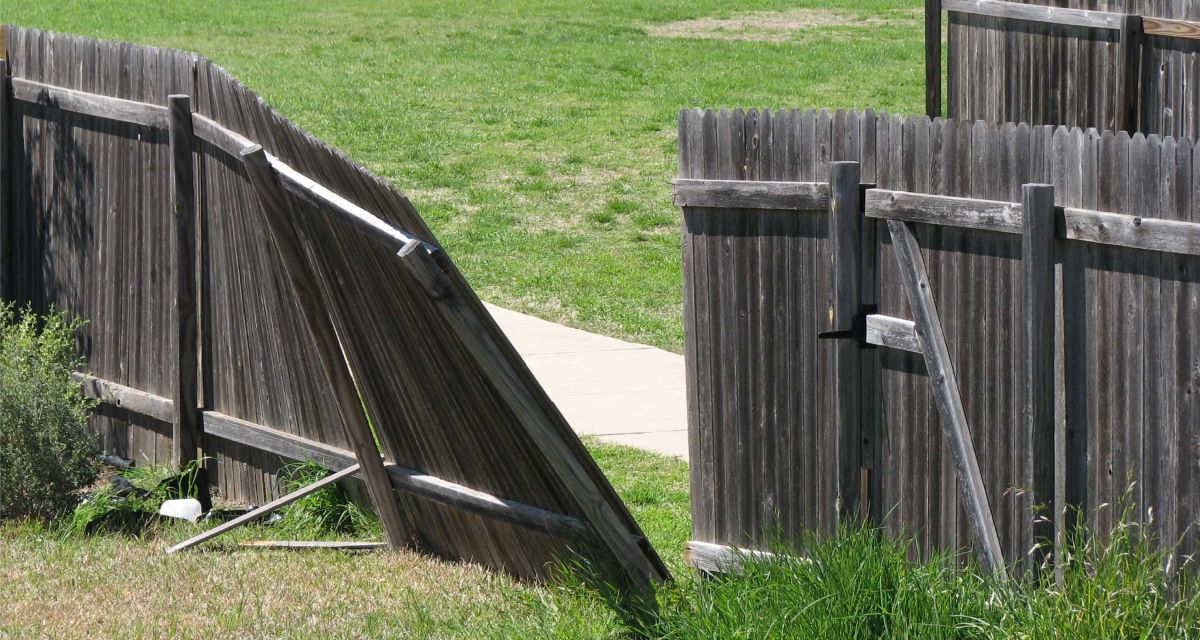
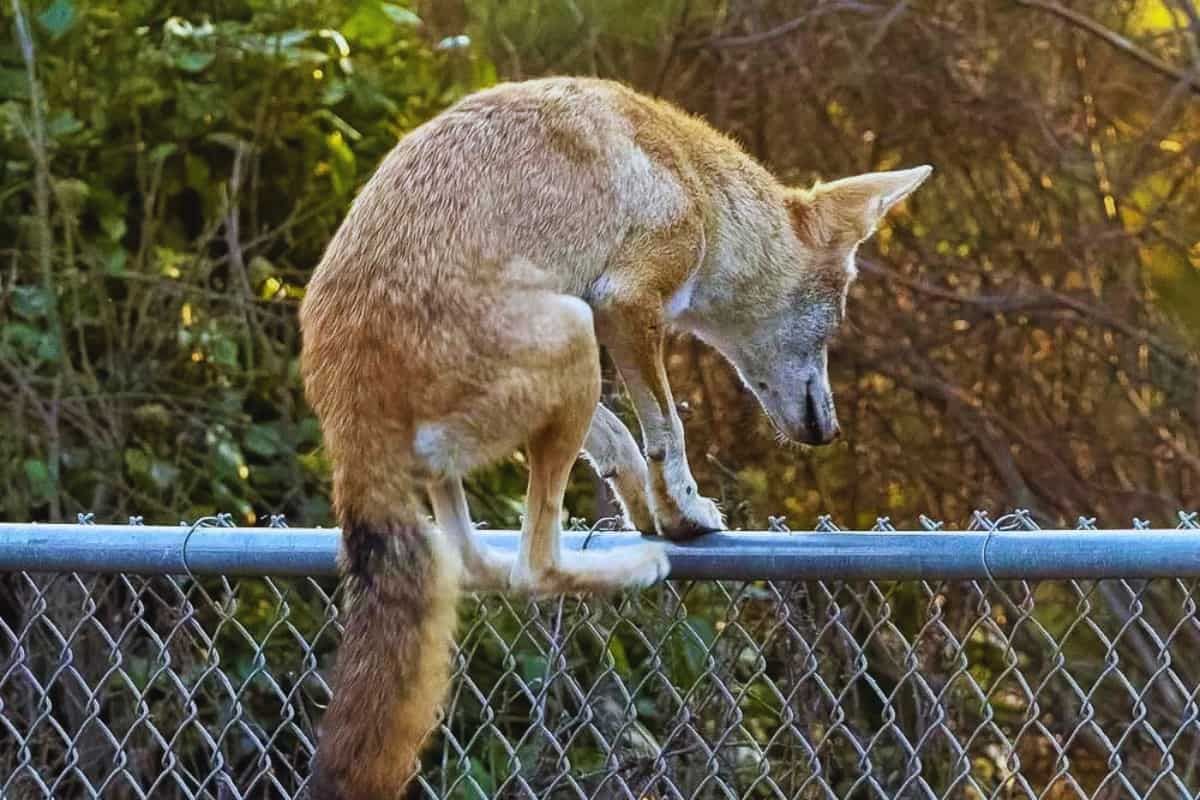
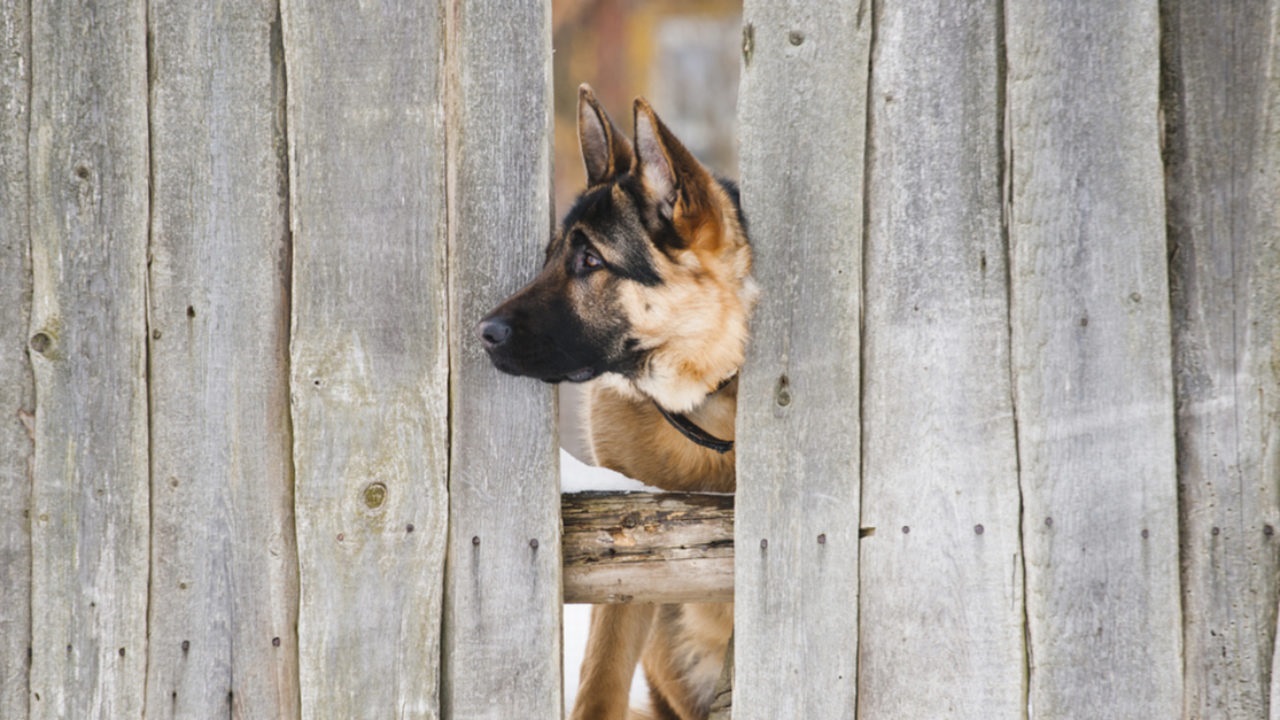
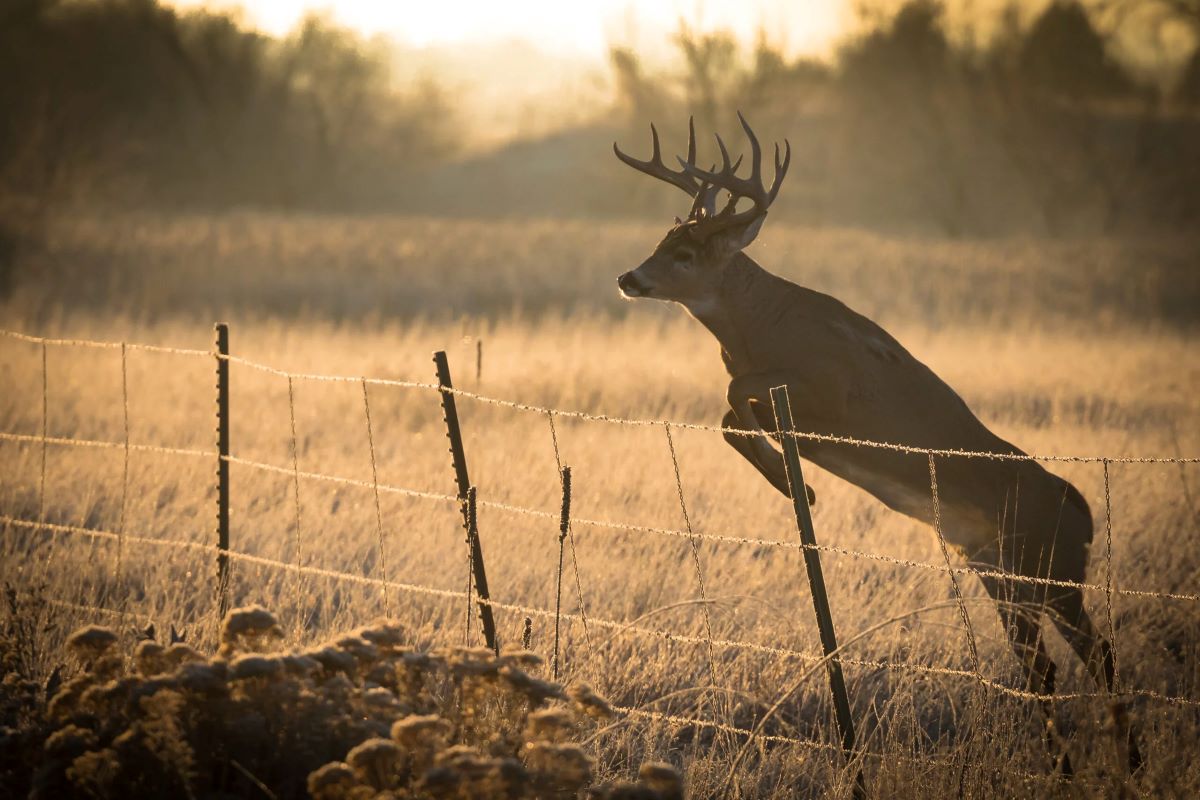
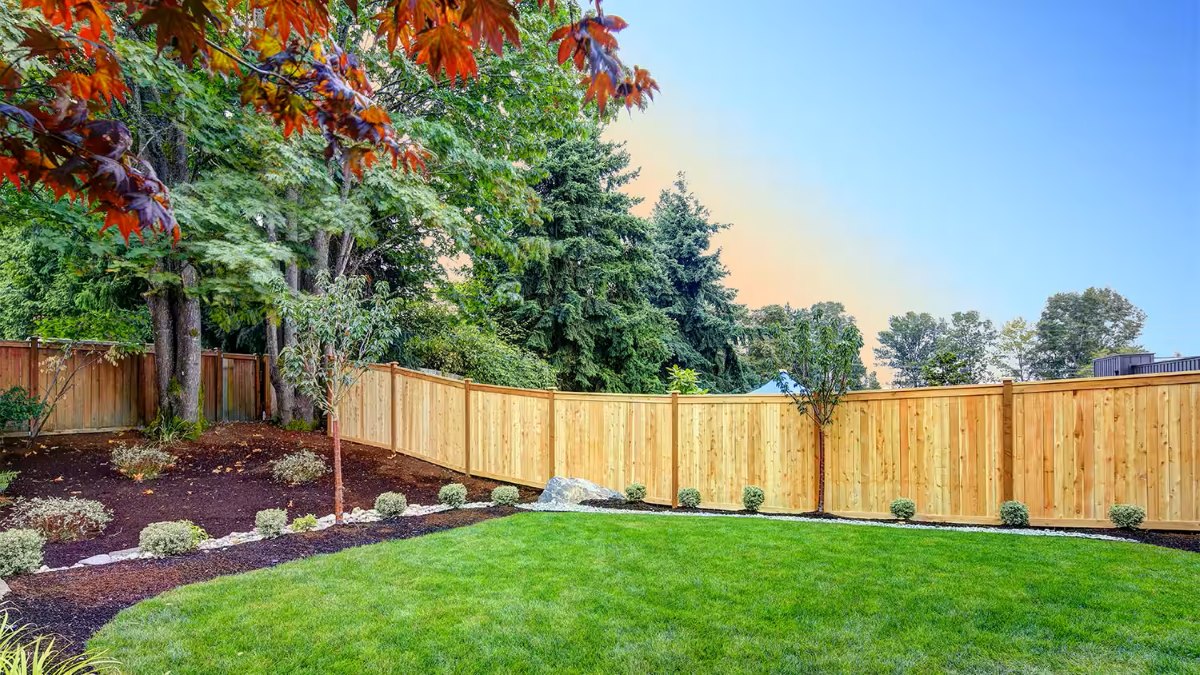
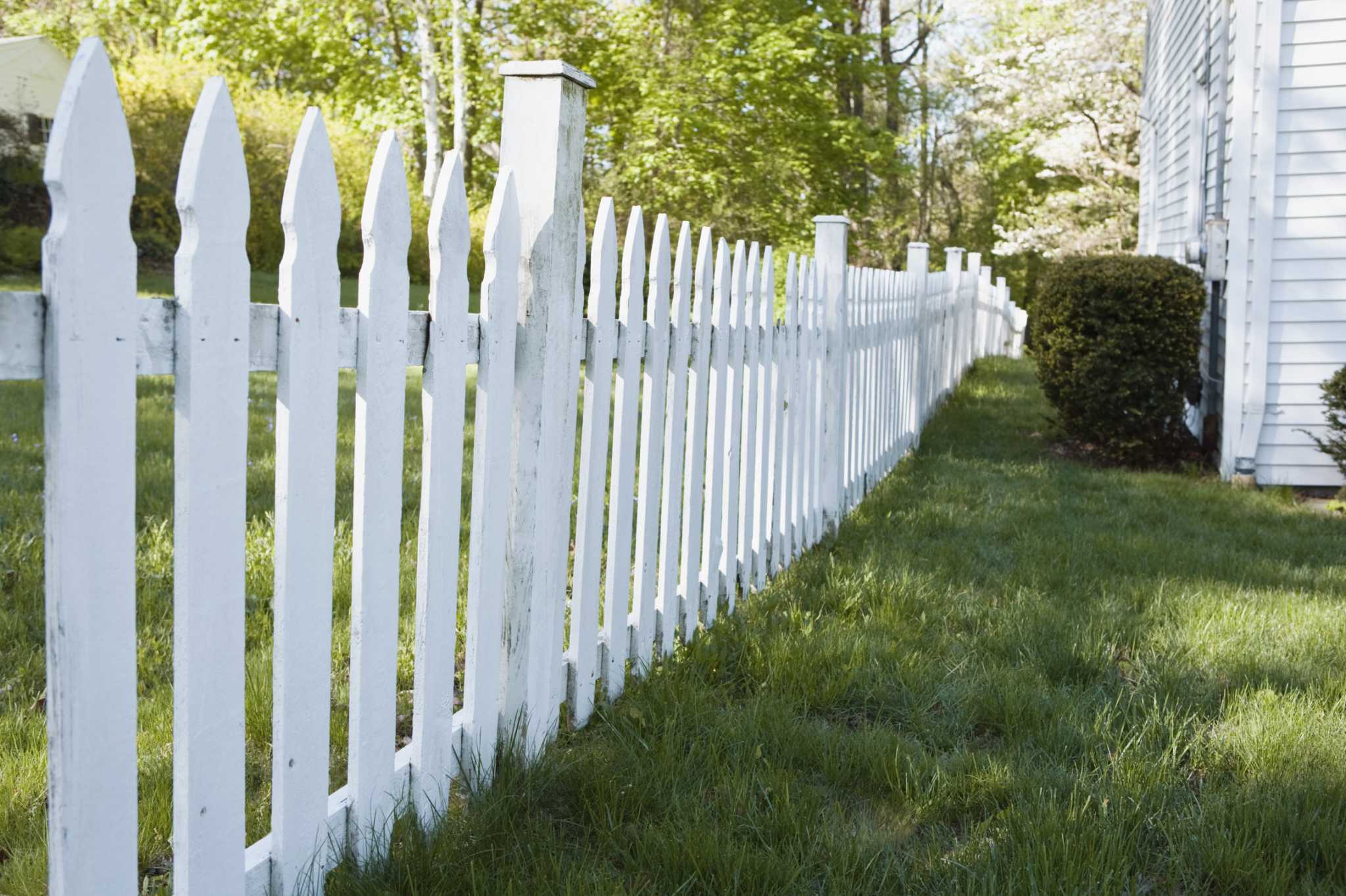
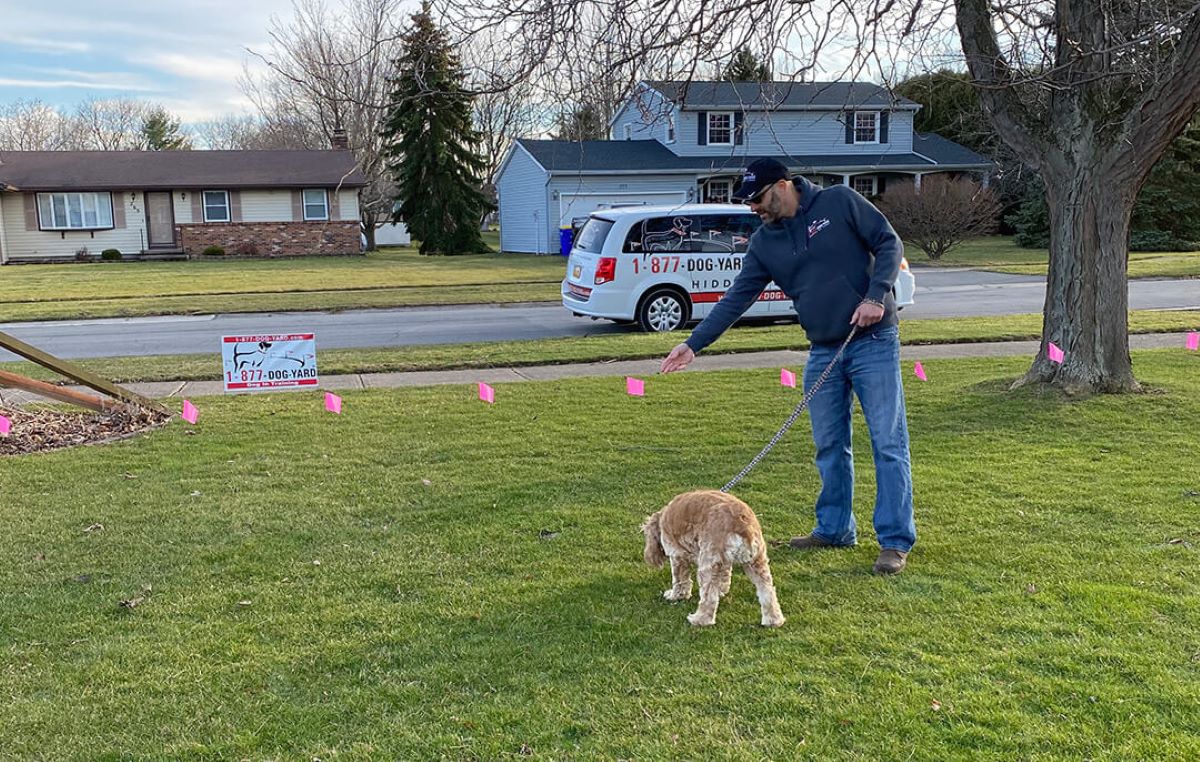
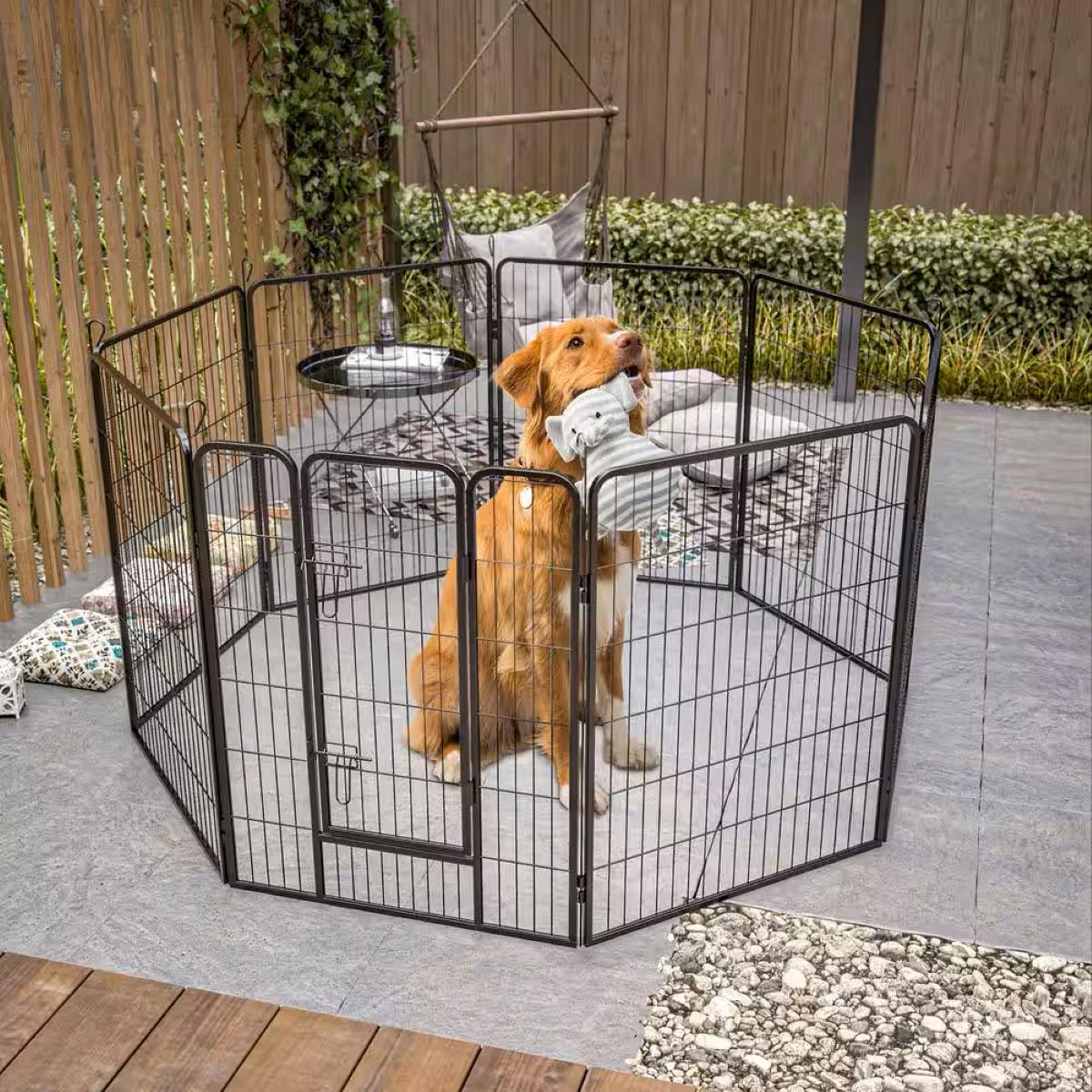
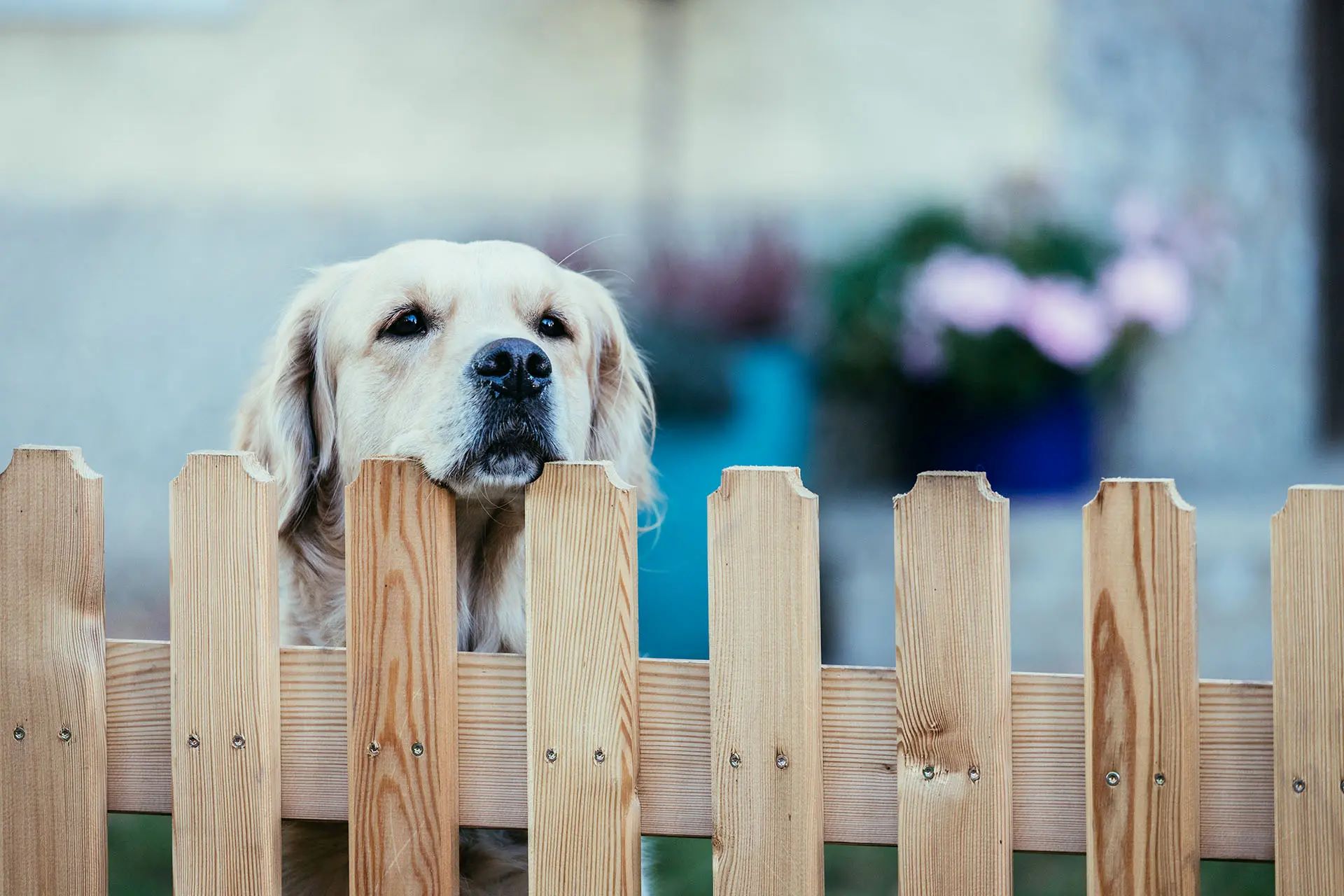
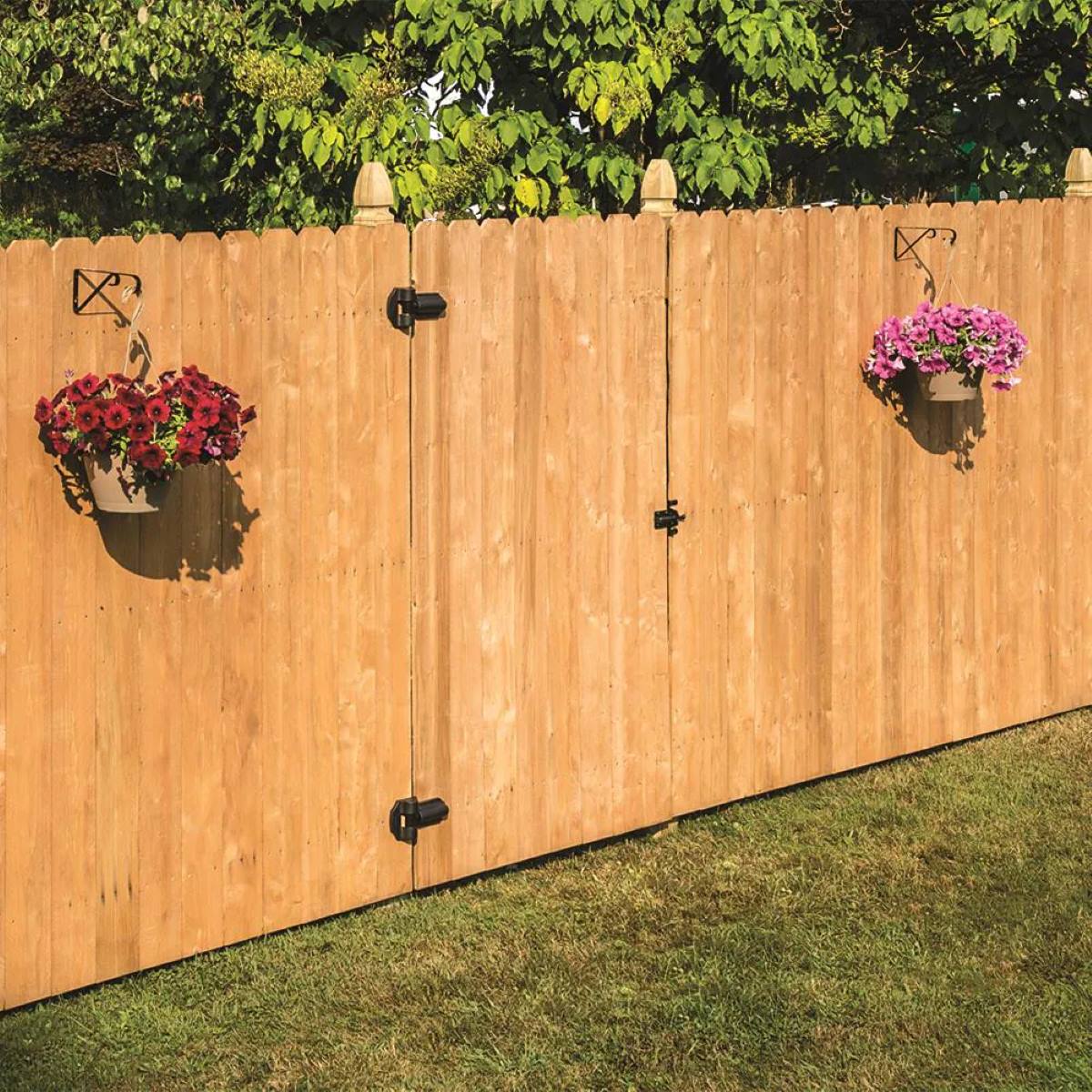
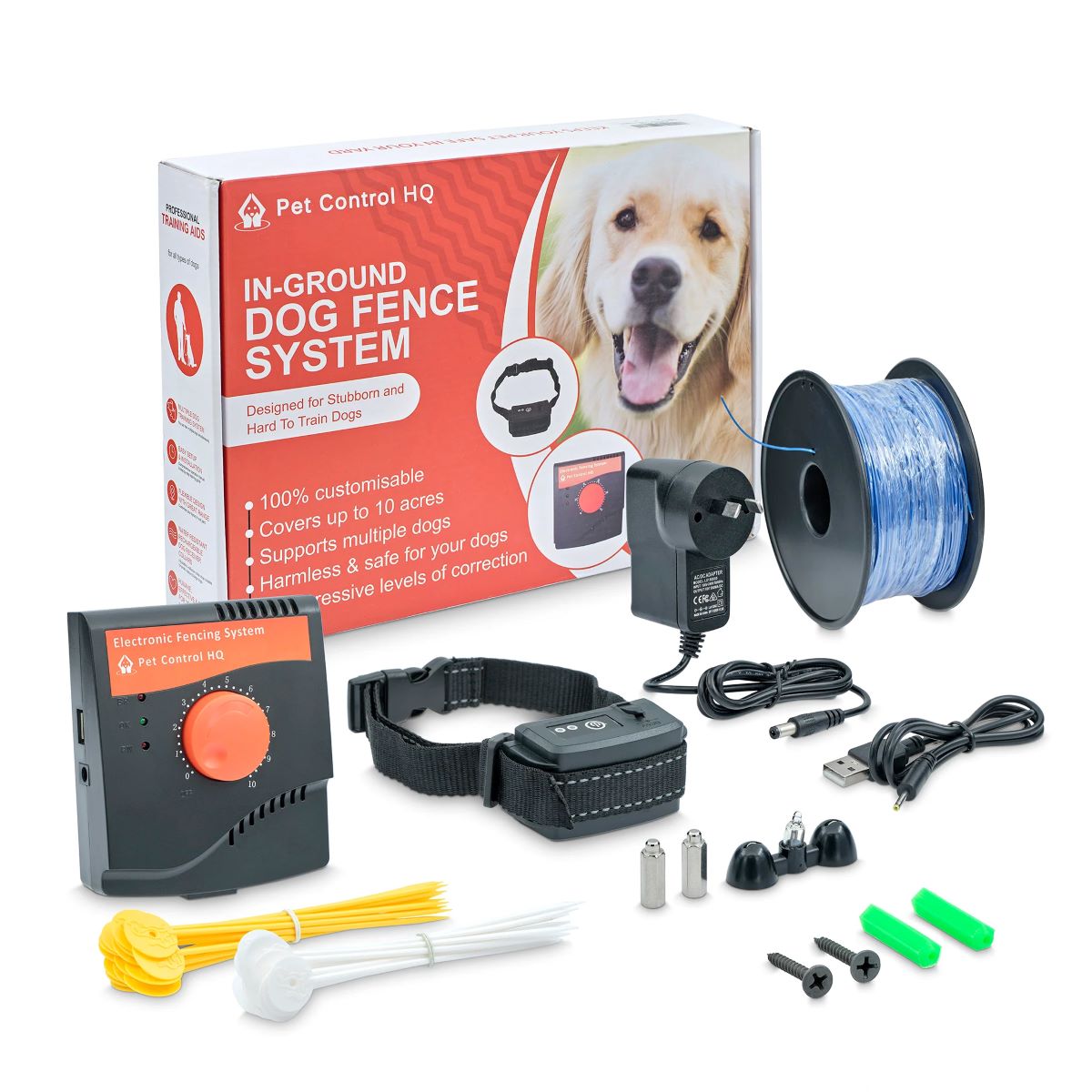
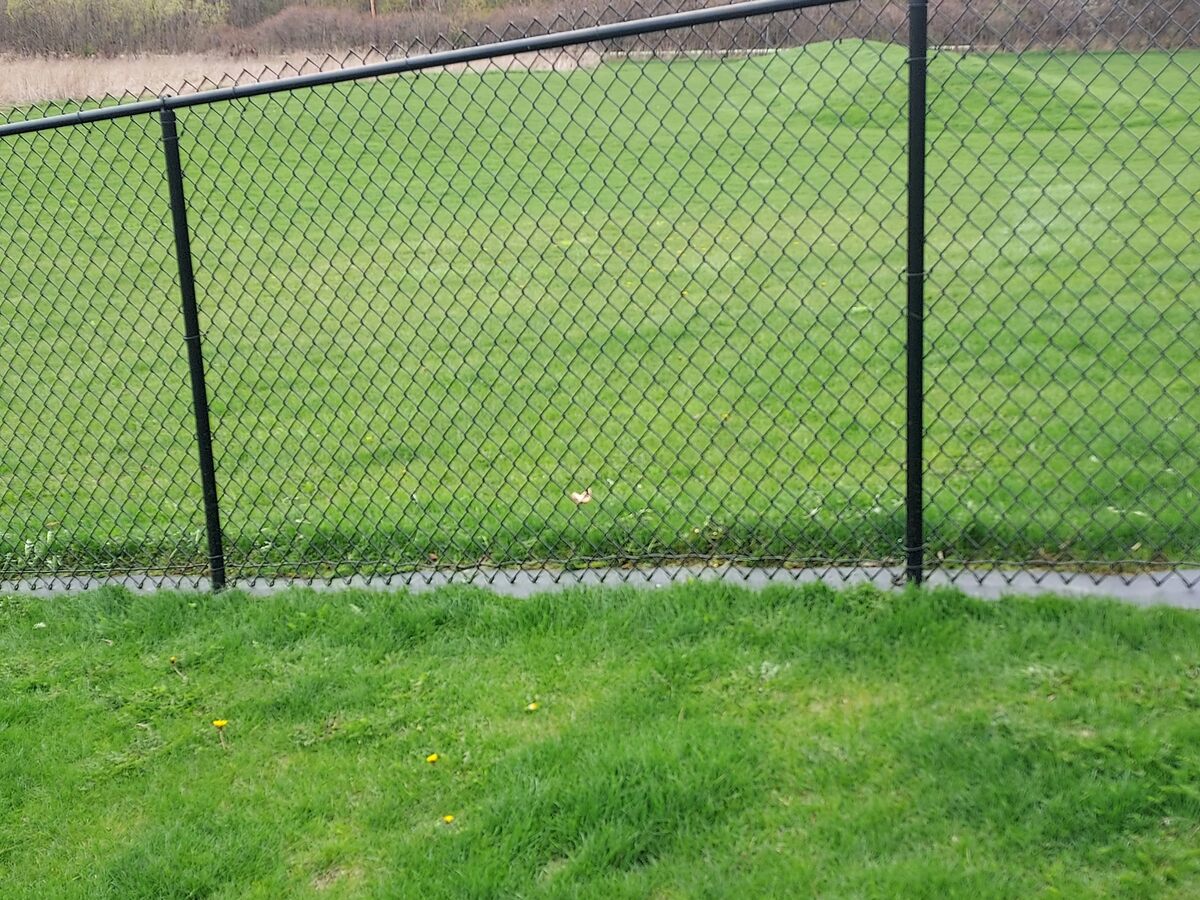

0 thoughts on “How To Keep Dog From Jumping On Fence”